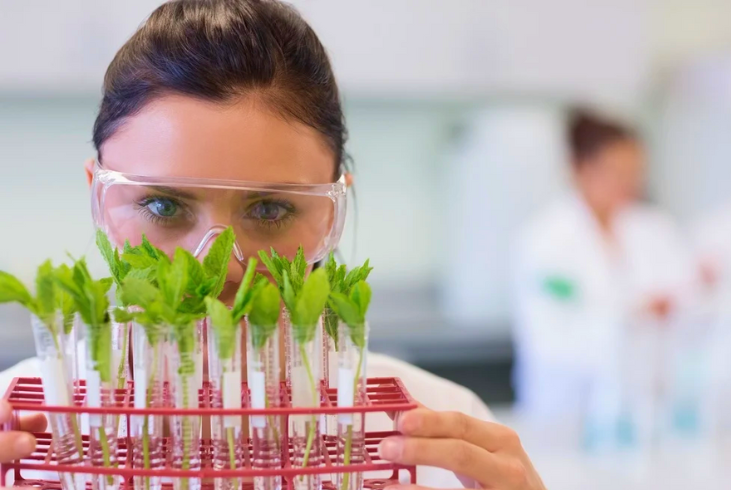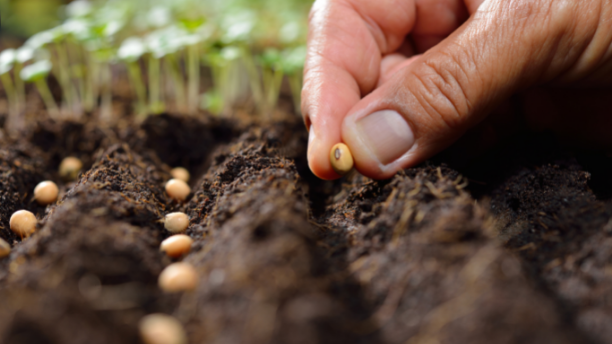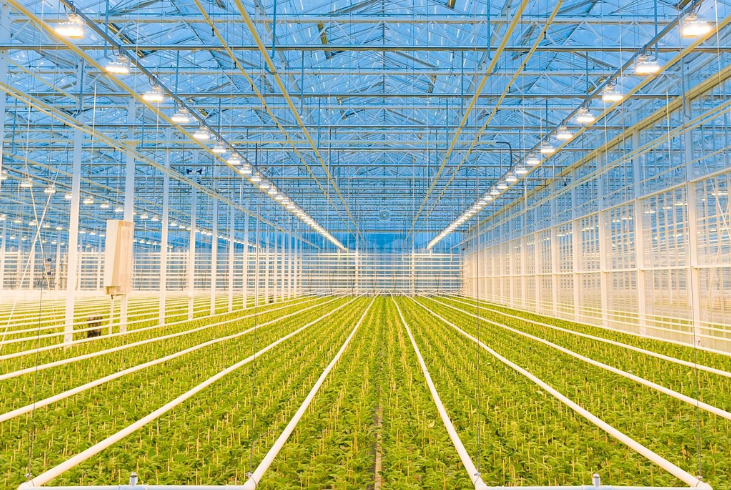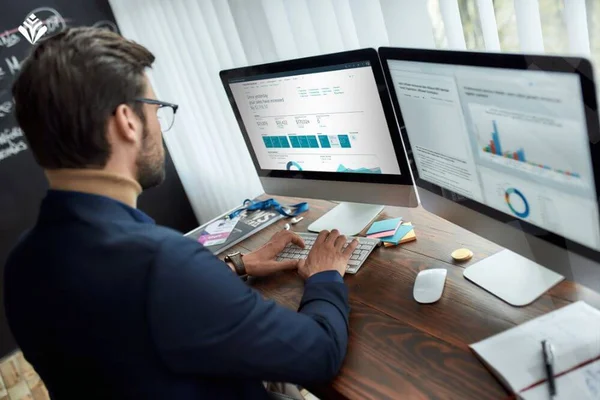How software can help rose growers grow!
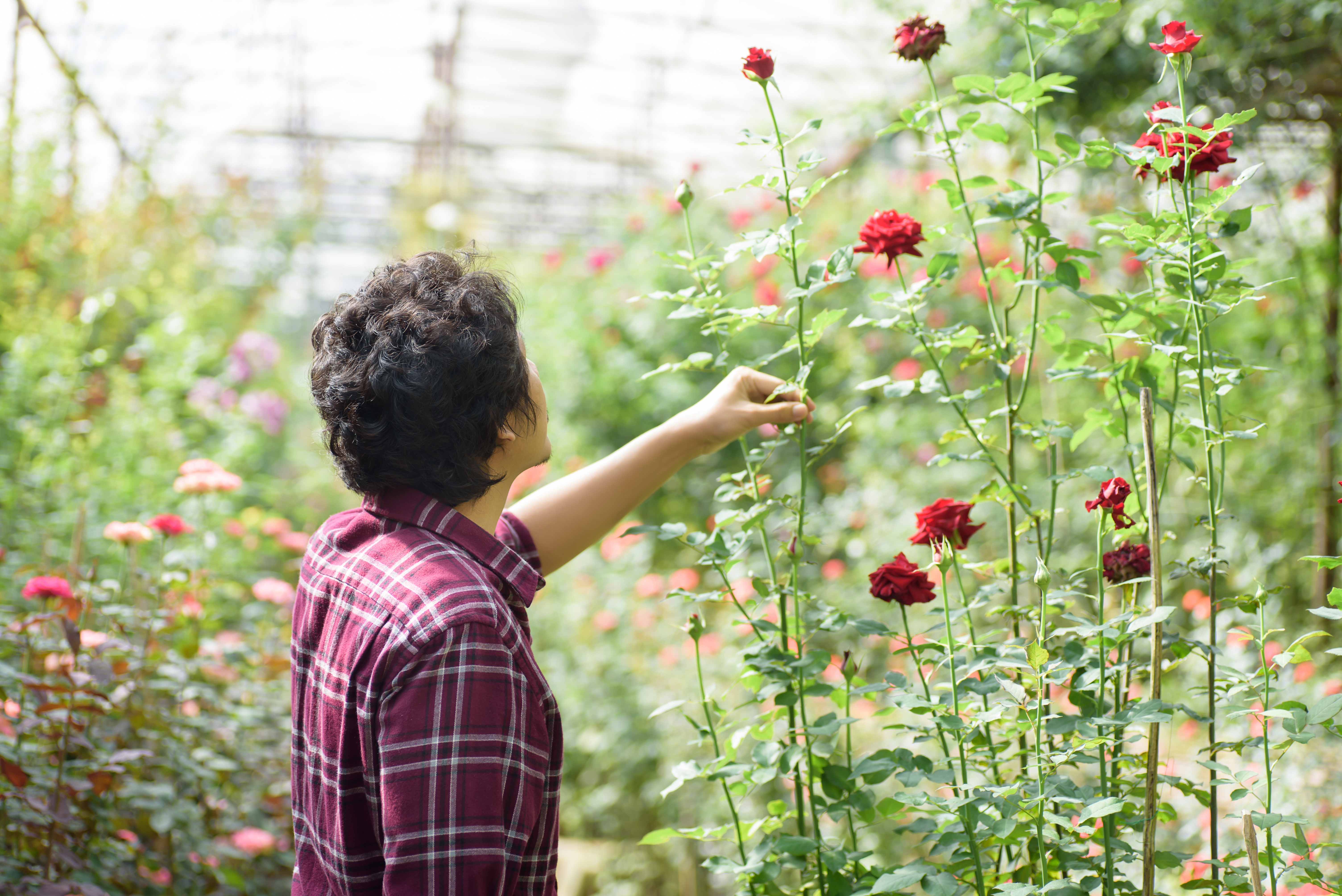
Since I started working for Mprise Agriware a couple of months ago, I went looking for new markets and new ways Agriware (our software) can help growers improve their business. Agriware has traditionally been used as a planning and recording tool, but there is a lot more that can be done. These ideas mainly arose from talking with rose growers in Africa, South America and Asia. I would like to share a small selection of them with you.
Agriware in the trial house
On many farms new varieties are first being tested in so-called trial houses or trial areas. In this phase it is not only important to see production data , but also the reaction of varieties to different water regimes, temperature schemes, pest treatments, etcetera.
Agriware allows growers to capture this data, which then gives them actual information for future use. Agriware turns the trial house into a place to forecast and record practical crop treatment. By recording best practices into the system, growers will know what to do under various circumstances if the variety becomes commercial.
Besides the growing side, the system can also capture market data on varieties and trials shipments so decisions can be made on data instead of gut feeling.
Build a labor plan
Based on all of the information that is put into the system, a grower can create an activity plan. This will then generate activities that can be assigned to specific teams or persons. By using this, every employee knows his exact job every day. The set-up ensures that the follow-up in a next step of the process can only be executed when the prior activity has been completed.
This also allows employees to see if there is any delay in the activities and make them aware of their progress. By adding time registration, the forecasted versus actual hours comparison makes it simple to adjust you norms and better predict the required labor in the future.
Record what you see and follow up
A nice new feature is the field book app. This app allows scouts to report diseases or pests, or any other quality information they want to record. It comes with the ability to take pictures of what they see in the crop, create follow up actions and assign them to employees to immediately act.
All this information is stored in Agriware and can be directly connected to crops and locations for example so you can build a history of your crop in the system. The field book app can be used both online and offline and is available on any device with a web browser.
The real cost of business
Another interesting feature is the possibility to compare forecasted costs with recorded costs. This gives growers insight in real production costs which means greater insight in real profit. In this comparison all costs are included. Labor cost, materials and crop protection costs all weigh in.
Making customer-based recipes
The software enables generating recipes for specific customers. This covers the number of stems, the requested number of layers per bunch, the sleeve, the flower food etcetera. For standing orders, the recipes will stay the same. In case a customer wants to change his recipe can be easily adjusted on the order.
Optimizing crop performance
When it comes to growing roses, creating solid yield predictions is difficult because of the dependency on hard to control factors like weather. It is however very important to record yield per greenhouse real time and being able to compare the overall yield to activities and treatments that have been carried out on that crop.
By bringing all of this information together in one system, Agriware helps growers find the best growing circumstances for their crop / market combinations which at the end of the day is exactly the information growers need to excel.

